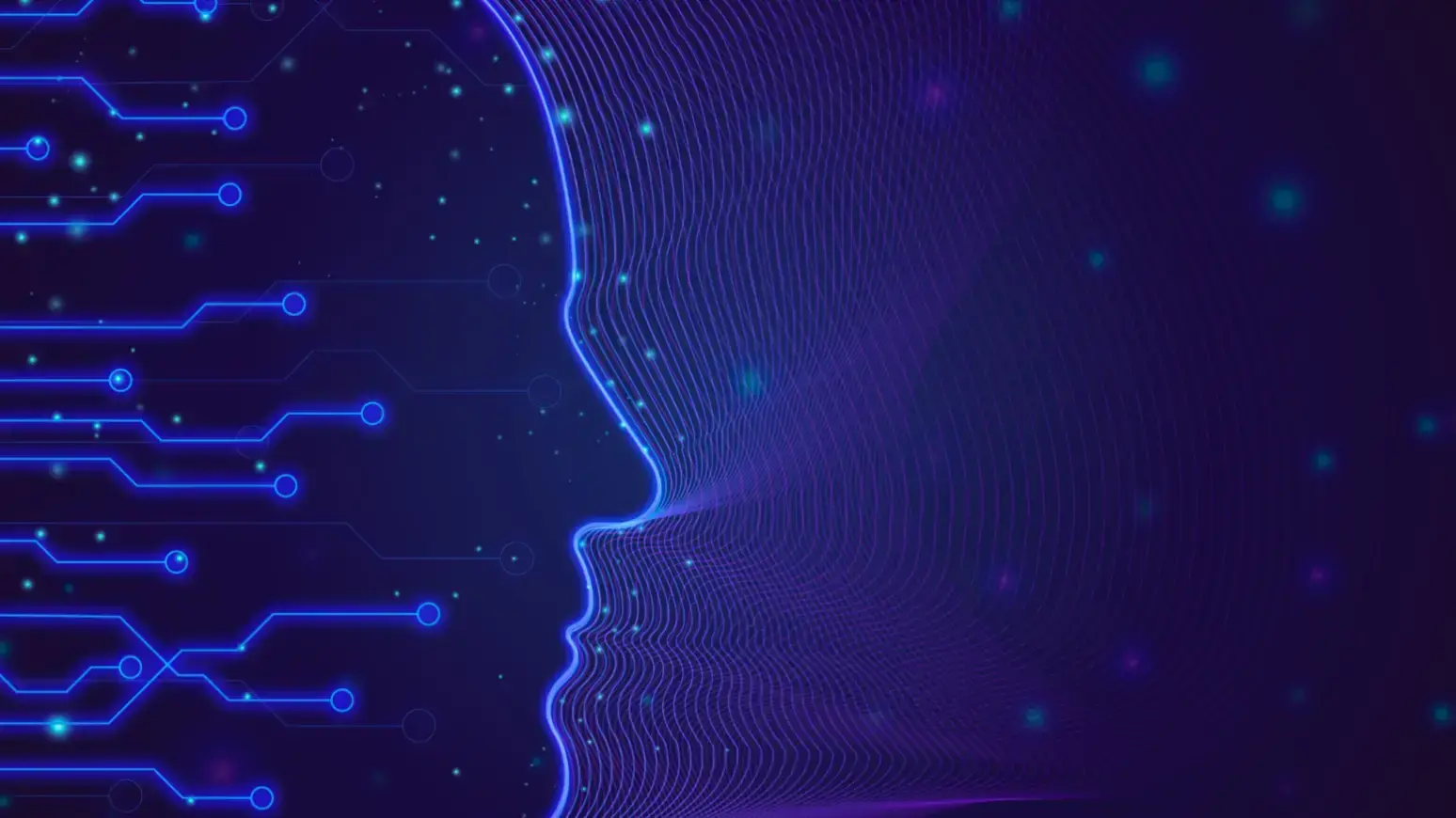Artificial intelligence (AI) is no longer a distant, futuristic concept. It is already reshaping how we teach and learn professionally.
Looking ahead, AI is on the road to redefining education and professional development.
This blog will discuss upcoming AI trends shaping 2025 and how professionals can learn to code to take advantage of AI-powered platforms, developer training programs, and upskilling opportunities.
In this article:
- Growth Statistics of AI Adoption
- AI Tech for Learning: Market Trends
- Top 5 Future AI Trends in Learning
- Ethical Considerations in AI Learning
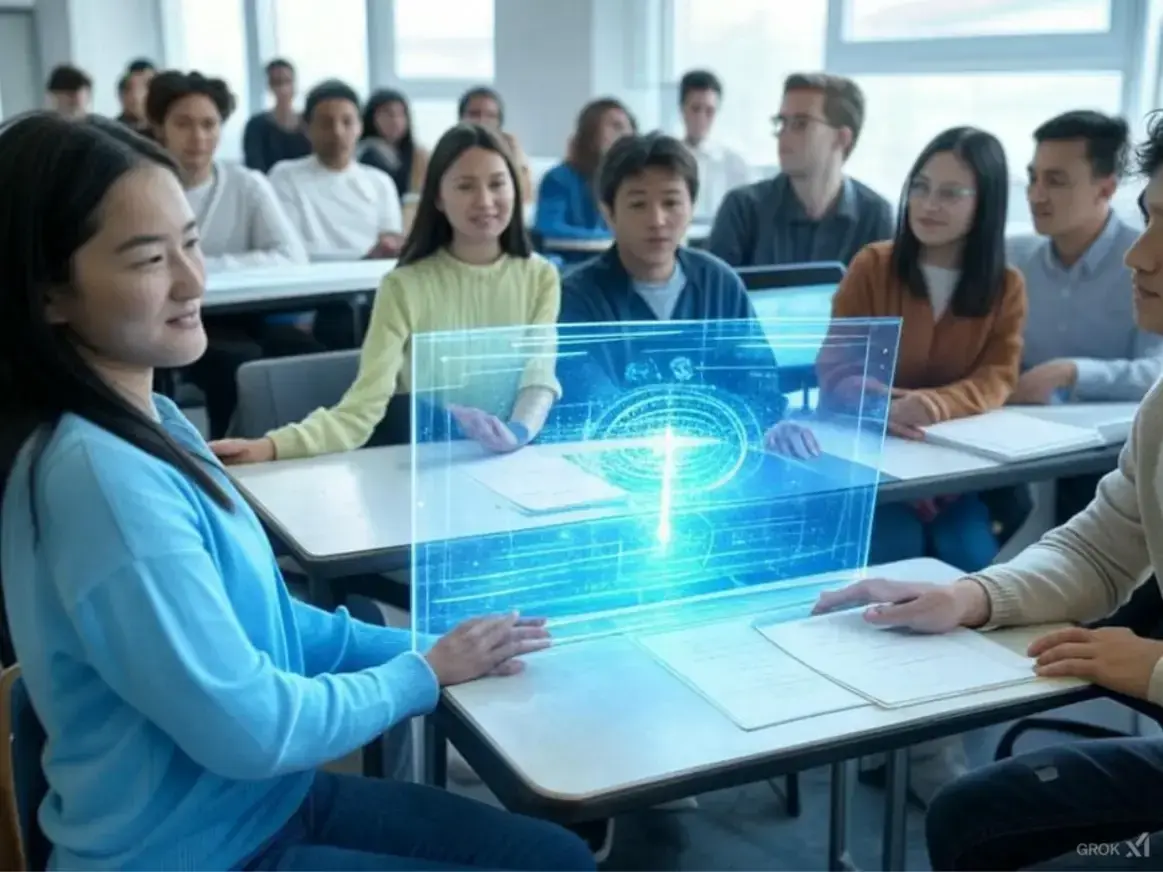
Growth Statistics of AI Adoption
AI is transforming classrooms and corporate training environments. Educational institutions — from K-12 to universities — are rapidly integrating AI tools.
At the same time, professional development programs are evolving to equip leaders and employees with the digital skills required for an AI-driven future.
AI in education
- According to AIPRM, the global AI in education market was valued at £2.5 billion in 2022 and is projected to grow to $6 billion by 2025.
- Institutions are increasingly investing in AI-powered tools to enhance learning.
- The AI market in education could reach $30.28 billion by 2029.
AI in professional development
- A 2023 edX survey reported that 92% of chief executives planned to improve their AI skills within 12–24 months.
- According to the World Economic Forum, AI may displace 85 million jobs by 2025 but create 97 million new roles.
- Oxford University’s Saïd Business School saw enrollment in its AI program rise from 40 to over 1,000 after the introduction of advanced AI models.
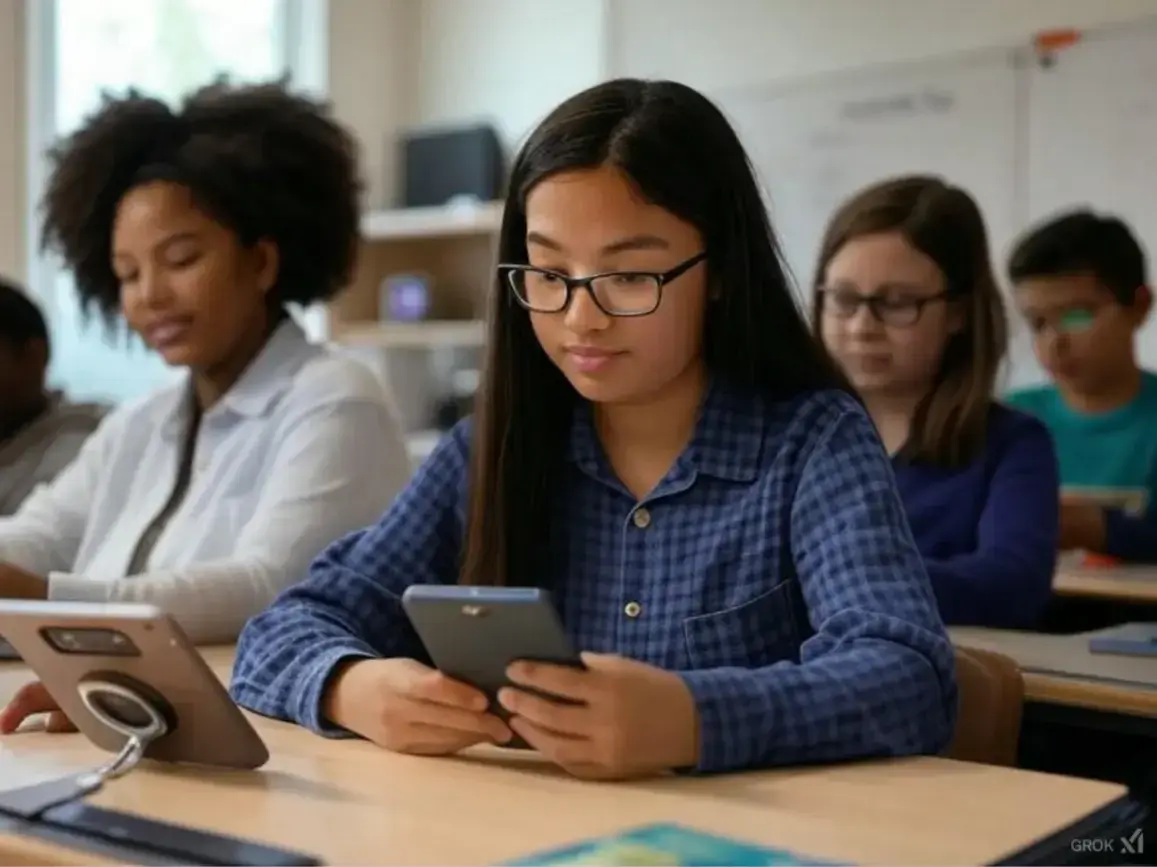
Source: Grok AI
AI Tech for Learning: Market Trends
In 2025, AI integration in learning environments accelerated dramatically, driven by personalization demands, workplace transformation, and more advanced automation tools.
AI integration in universities
- AI-powered systems: Universities like California State University are collaborating with major tech companies to implement AI systems across campuses.
- Positive teacher perspectives: About 59% of teachers have a positive perception of AI chatbots for education.
- Growth in AI literacy: Institutions are integrating AI-focused programs and coursework.
AI-powered skill development for professionals
- Programs focused on AI literacy are booming as professionals aim to become AI experts.
- Adoption of workplace AI continues to increase through Gen AI tools for small businesses.
- Companies are developing responsible AI policies focused on ethics, privacy, and bias reduction.
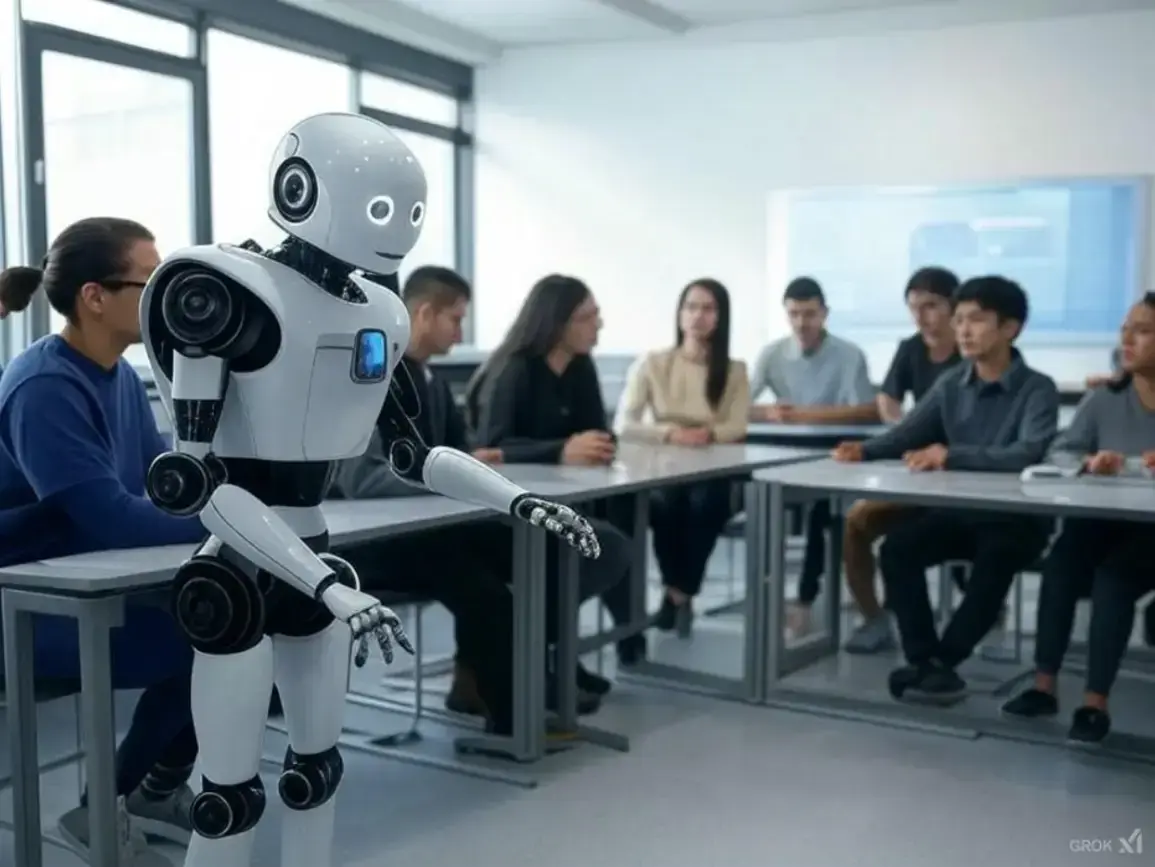
Source: Grok AIthe
Top 5 Future AI Trends in Learning for 2025
AI is poised to revolutionize learning with personalized experiences and streamlined educational tools. From VR classrooms to adaptive learning platforms, technology is dramatically expanding what’s possible.
VR and AV trends continue to influence education through immersive and interactive simulations.
1. Adaptive learning & personalized education
- Adaptive learning systems use AI algorithms to analyze student performance and deliver customized content.
- Learning pathways evolve automatically using real-time performance data and behavioral analytics.
2. AI-powered virtual tutors & assistants
- 24/7 support: AI tutors like Khanmigo offer instant feedback and explanations.
- Learning assistance: AI breaks down complex concepts and provides personalized guidance.
- Professional development: AI virtual assistants support employee learning in corporate environments.
3. Generative AI and content creation
- Gen AI tools can generate entire lessons, videos, and quizzes.
- AI 3D model generators like Tripo3D enable the rapid creation of interactive educational objects.
- AI avatars from platforms like Synthesia enable multilingual video creation.
4. Immersive learning with VR/AR
Immersive tech lets students explore environments and concepts beyond traditional classroom limits.
Education
| Application | Description |
|---|---|
| Virtual field trips | Explore historical sites, oceans, and space via VR. |
| AR textbooks | Bring textbook content to life with 3D models. |
| Virtual labs | Simulate science experiments without risk. |
| Space exploration | VR tours of the solar system and ISS. |
| Coding & robotics | Use AR to visualize algorithms. |
| Language learning | Practice languages in immersive settings. |
| Design studios | Create 3D art in VR. |
| Music & performance | Simulate instruments using AR. |
Professional spaces
| Application | Description |
|---|---|
| Soft skills training | VR role-playing for leadership & communication. |
| Customer service simulations | Practice customer scenarios using VR. |
| Medical training | VR-based surgical simulations. |
| Safety training | Simulate hazardous environments. |
| Virtual workspaces | Collaborate in VR environments. |
| Technical support | Experts guide field workers using AR overlays. |
5. AI-driven corporate training
- Businesses use AI to deliver technical and soft skills training.
- Predictive analytics recommends personalized training paths.
- AI automates scheduling, progress tracking, and reporting.
Google’s AI education programs reflect a broader push toward creating an AI-ready workforce. Institutions also leverage partners like higher education SEO firms to support adaptation.
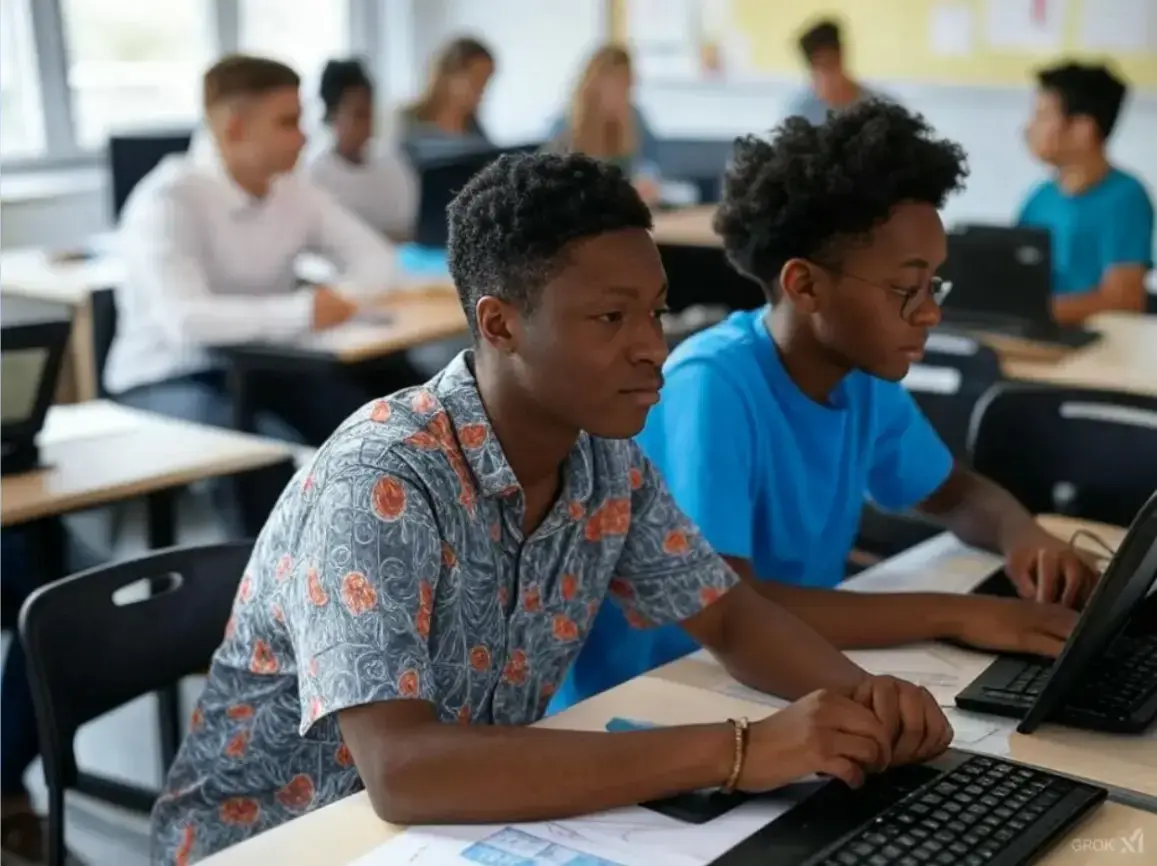
Source: Grok AI
Ethical Considerations in AI Learning
While AI offers huge benefits, it raises concerns about fairness, privacy, and equitable access.
- Security: Institutions must implement safeguards to protect student information and comply with GDPR and FERPA.
- Overreliance: Without balance, AI could reduce creativity and critical thinking.
- Equity: Limited access to tech could widen achievement gaps.
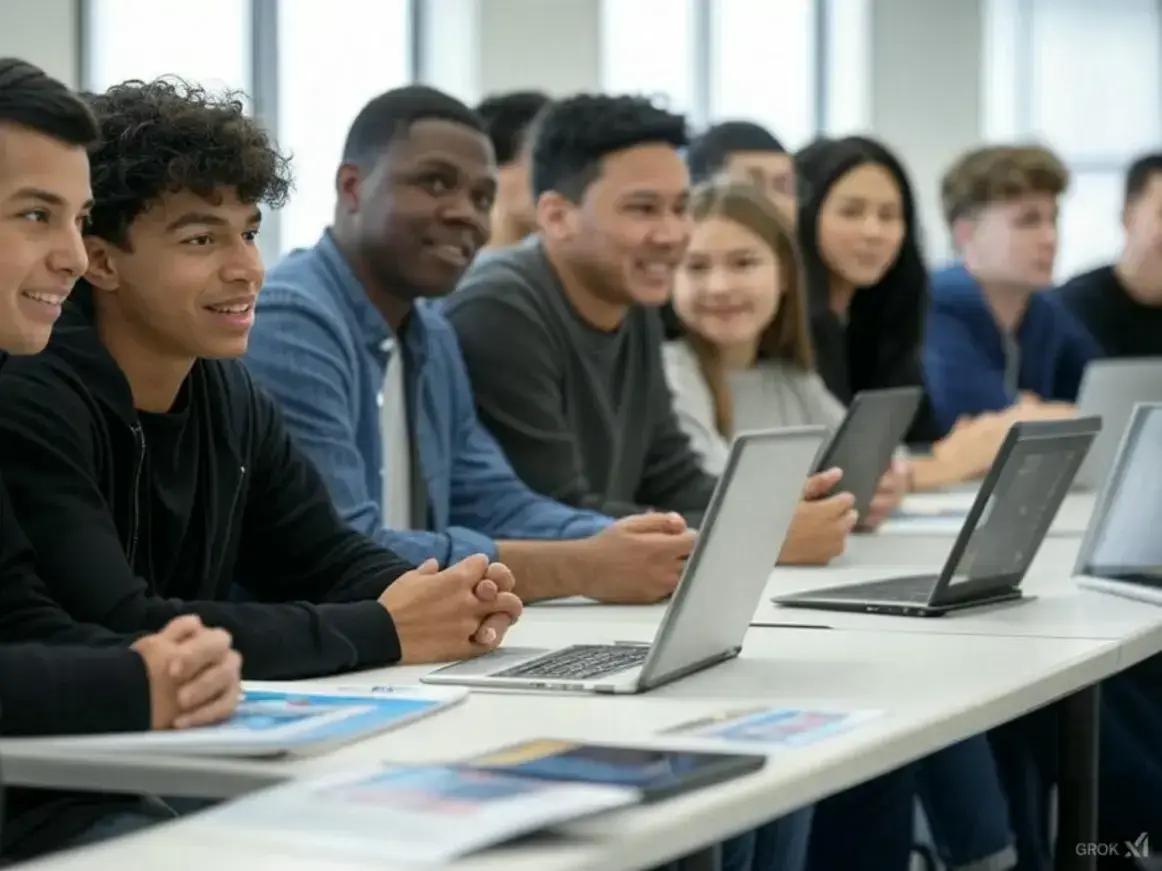
Source: Grok AI
FAQs
1. How is AI being used in education?
AI enables personalized learning, administrative automation, accessibility tools, and intelligent tutoring systems — allowing teachers to focus more on students.
2. What AI technologies are shaping learning in 2025?
Generative AI, machine learning for personalized learning paths, AI chatbots, VR, and AR immersive tools.
3. How do AI-powered virtual tutors help students?
They offer instant feedback, explain concepts in real time, provide guided problem-solving, and adapt to each student’s needs.
4. Is AI replacing educators?
No — AI enhances teaching by handling repetitive tasks and enabling educators to focus on creativity, empathy, and complex teaching tasks.
Looking Ahead: The Future of AI in Education & Careers
In 2025, AI will be deeply integrated across learning environments. Teachers will leverage AI tools to automate routine tasks, while professionals will rely on AI-driven upskilling programs.
The education sector must stay flexible and update strategies, infrastructure, and curriculum to remain aligned with rapid AI advances.
See more exciting developments in AI achievements.
The future of education is dynamic, inclusive, and increasingly AI-powered.

Author Bio
Zarish Khalid is an SEO Content Writer and part of the Content Marketing team at Educative.io.

